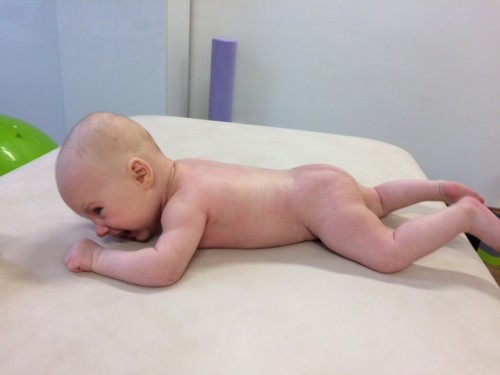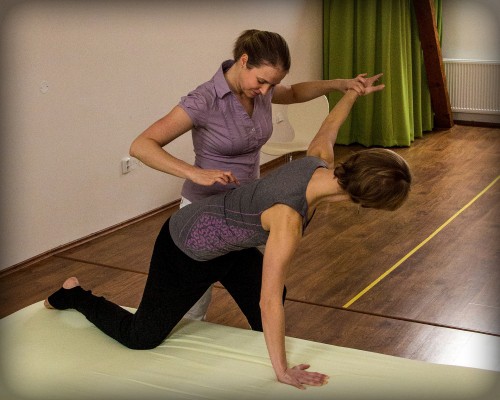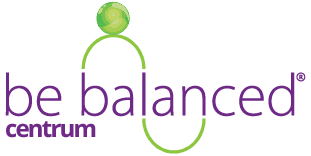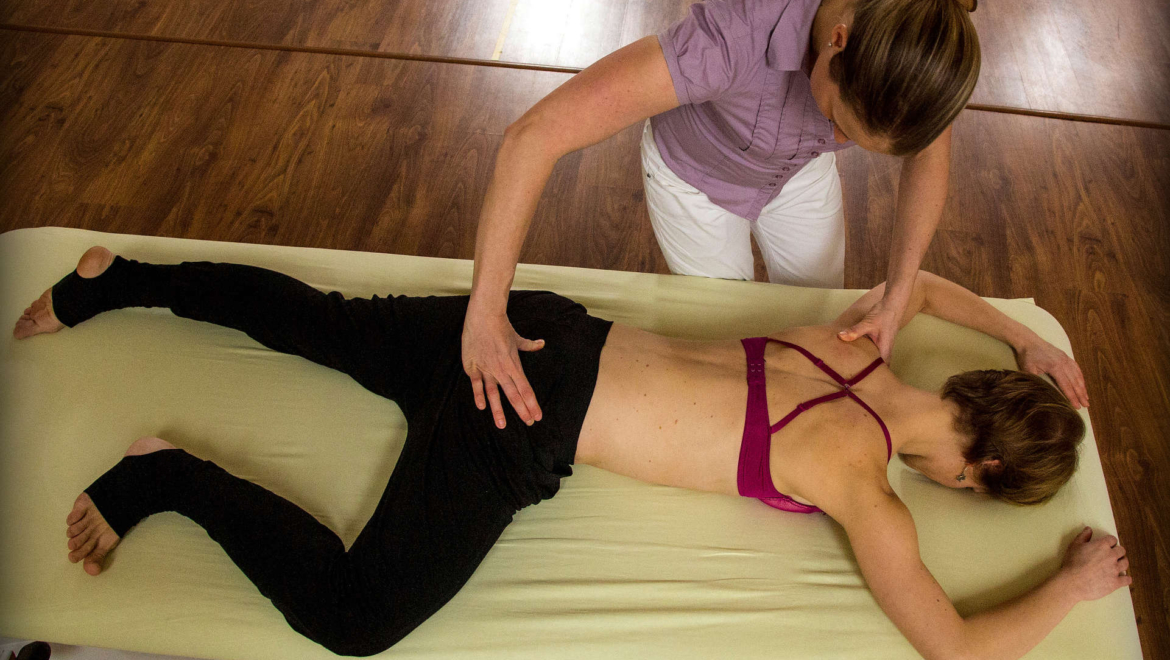Why is the DNS (Dynamic Neuromuscular Stabilization) method of Prof. Pavel Kolář so successful?
Perhaps everyone knows the name of our top physiotherapist Prof. Pavel Kolář. It is said about his miraculous hands. But it’s not a miracle. He just knows and sees more. And thanks to this, he has compiled a therapeutic concept or method based on many years of observation and treatment of the movement of babies, children and adults healthy and severely neurologically handicapped.Based on these observations and deep knowledge, he found out how it develops and how the movement programs that we all have the same, genetically encoded, work. This has created a method, or rather an approach, that works so reliably that it seems miraculous.
So what is the DNS method, Dynamic Neuromuscular Stabilization, based on?
The name indicates that it is a method of certain detection or strengthening in dynamics, i.e. in motion, based on the control of the nervous system. It is a method that does not primarily treat the musculoskeletal system. It heals its control center, i.e. the brain and its movement programs. If these are in order, then even the body will work properly without unnecessary overloading and the development of premature degenerative changes.

The DNS method is based on the development of the nervous system, on its maturation in the first year of life. The newborn is trapped in his muscle imbalance and inability to secure his body so that he can straighten up and perform some targeted movement.By maturing the brain and triggering movement programs, these functions are gradually added, up to about one year of life, the child can rise to the lower limbs and cope with such an unstable situation as walking. He can also raise his hand, bring it closer to the object of interest and grasp it purposefully.Of course, it will still take a long time to master even more complex coordinated tasks, but he has created the necessary basis for them. It seems clear to us. But it’s not that simple. The fact that a child stands up does not yet indicate the quality of his standing, walking, movement in the hips, strengthening in the torso, etc. The key is that the motion programs run in their full quality.This will then decide whether we will have a straight or “round” back, scoliosis or legs to X. But it also decides whether we will have back pain in adulthood, herniation of the disc in the cervical or lumbar spine, or arthrosis in the hip.
Movement forms our skeleton, which we have in our youth soft and well formable. If the deep muscles of the abdomen do not engage well in the first three months of life, then the person will have his lower ribs protruded forward. If the abdomen does not engage well in coordination with the back muscles, he will again have a round back. If the muscles are involved worse on one side than on the other, there may be a bad position in the hip and its premature unilateral degeneration.
On a physically healthy child, we can observe how the movement should ideally take place and what position in the joints should be during it. This can then be applied to adults. For example, we will try how an adult with knee pain is able to stand on one leg or do a squat. Or how a patient with a disc herniation in the lumbar spine breathes. We will compare this with the ideal coordinated movement.There is always a clear deviation from the ideal that caused the trouble. This is the result of our treatment. We need to change the movement stereotype, i.e. the involvement of muscles, for example, when breathing, walking or carrying loads.
How do pains in the spine, back and other parts of the musculoskeletal system arise?
However, not all movement problems are based on an error in development in the first year of life. Some of them are created later by one-sided overloading – sports or long sitting. They also always arise as a result of an accident. When you break your leg or tear your anterior cruciate ligament, the brain first begins to protect it by excessive muscle contraction and later disables this area. Muscle imbalance arises. Interestingly, we always tend to fall into the same type of muscle imbalance. Muscles that were involved in development later fall out and those that the newborn had predominate. That is why at the beginning and at the end of life we look similar. We begin to stoop, the shoulders and hips lose their range and go into shrugs and internal rotations. Similarly, the injured limb loses its full quality of uprightness, so it will not hold us well when standing. Paradoxically, the initial injury, which has long since healed, will be the cause of degenerative changes in the joints of the limb.
Physiotherapy treatment

The treatment takes place in such a way that the therapist monitors how the patient moves naturally, how he performs a stand on one leg, how he breathes, raises his arms, or how he leans on his hands. Based on this, it determines where the deviations are and what is the main source of these deviations. Accordingly, it is then necessary to select the position or movement from the development in which the muscles are activated in the necessary coordination. The patient then has to exercise on his own, but he does not have to spend much time on it.If the therapy/exercise is really well targeted, it is usually enough just three exercises, which can take fifteen minutes. The problems should then disappear relatively soon, or at least alleviate after exercise. This does not apply in the case of acute disc herniation, when it is necessary to exercise very intensively for a certain period.
When two do the same thing, it’s not the same thing, or when the DNS method is effective
In order for the DNS method to work well and quickly, however, it is necessary to have a therapist with sufficient knowledge and feeling. This therapy often slips into lying on your back and raising your legs to practice “breathing into the abdomen”. However, the DNS method includes a very wide range of positions and exercises and can be very varied according to the individual needs of the patient. Therefore, if this method fails in someone, I dare say that it is not a method, but its incorrect application.
Thus, in DNS, movement heals movement. The patient is encouraged not to be a passive recipient of therapy, but to take an active part in it, learning to perceive his body and treat it. The patient is encouraged to gain control over his body. So it’s not a therapy that creates dependence on a therapist. The therapist is a guide for the patient on his way to self-discovery.
Mgr. Dagmar Lisá

